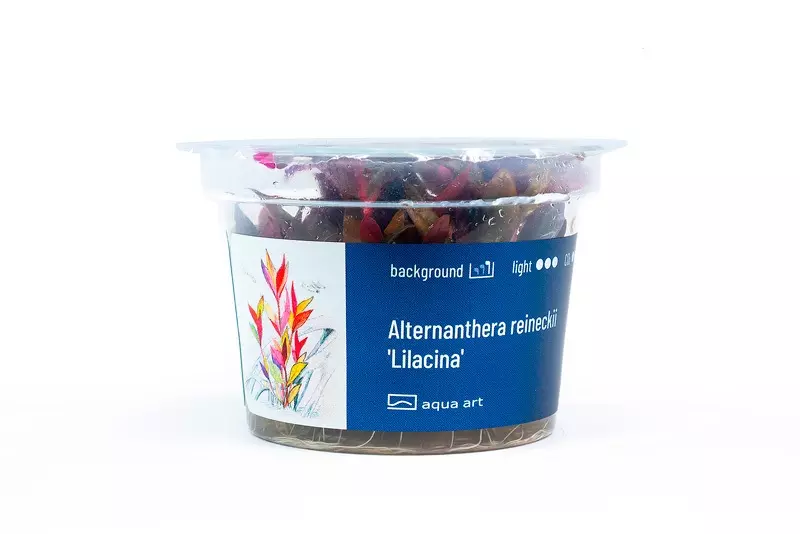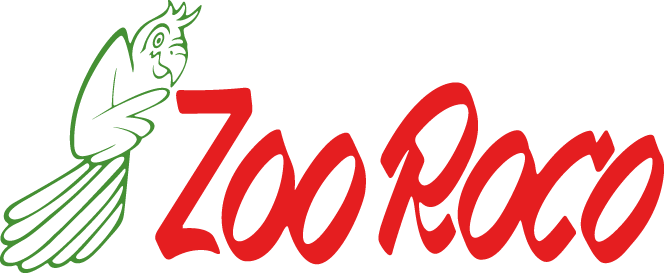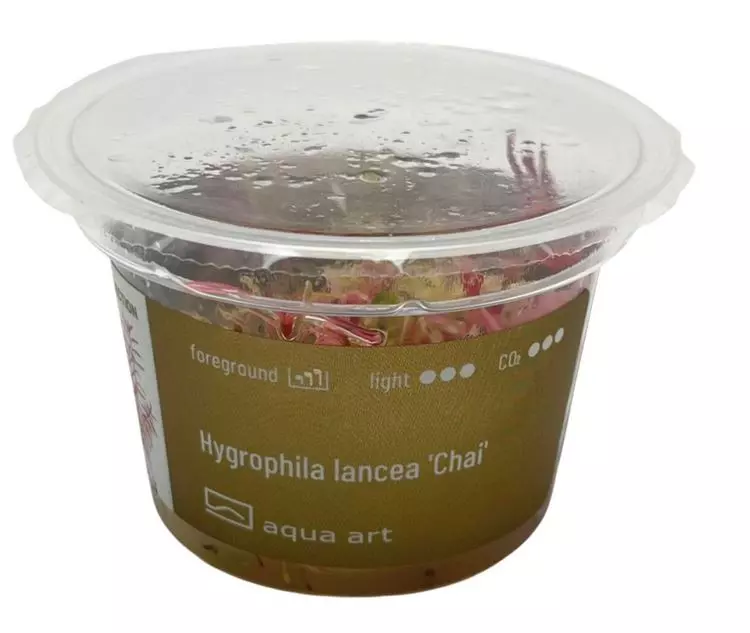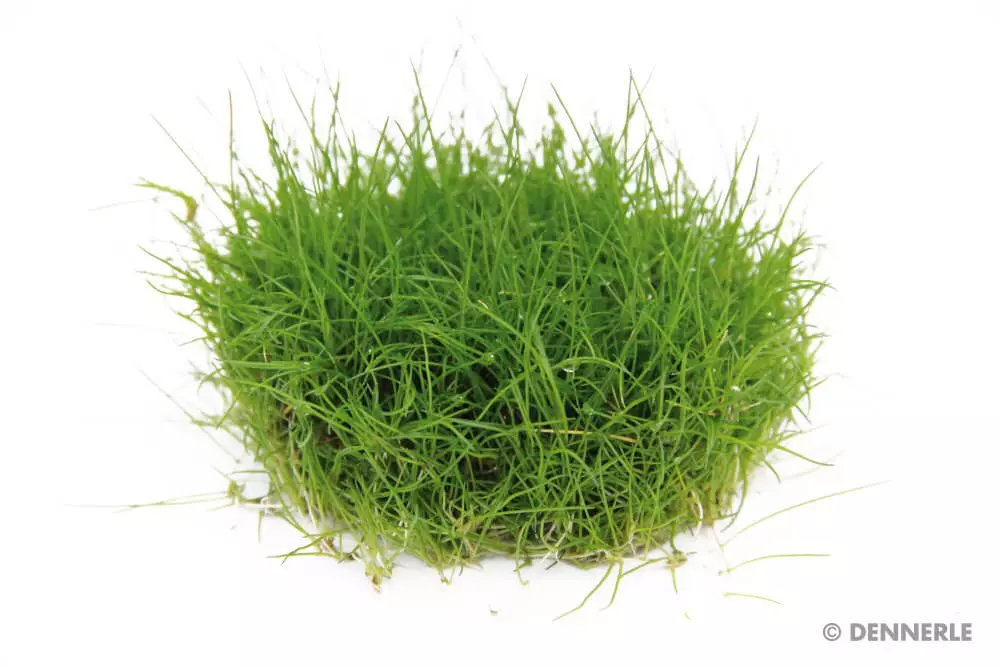Product information "Alternanthera Reineckii 'Lilacina' (parrot leaf)"
Alternanthera Reineckii (Parrot Leaf)
Alternanthera Reineckii 'Lilacina' is a beautiful red plant for the background or back wall of an aquarium. A very decorative plant, exceptionally colorful.
- Difficulty of cultivation: demanding
- Light requirements: high
- CO₂ requirements: medium
- Height of mature plant: up to 40 cm
- Growth rate: slow
- Temperature: 17-28°C
- Aquarium location: foreground, background
- Origin: South America
- Cup diameter 6 cm
Alternanthera Reineckii 'Lilacina' is also called Lilac Alternanthera. It is intended for the second level of the aquarium or for the background. This species has been cultivated for a long time.
The natural habitat of this species is the tropical regions of South America, where it grows in swamps and on the banks of rivers and lakes. It is a typical marsh plant. For this reason, it likes to grow above the water level, ideal for aquariums with low water levels. The stems above the water are often covered with tiny white or purple flowers.
This variety has elongated, lance-shaped leaves that can grow up to 9.5 cm long.
It is propagated by cuttings. It is recommended to place a few cuttings in a group to obtain a compact form. However, for the plant to develop all its beauty, it must find the right conditions. It grows best in soft to medium hard water up to 12 GH with a pH of 5 to 7. It is an extremely light-loving variety. It likes full spectrum light best. Intense light for 10 hours per day makes it grow faster and produces beautiful dark red leaves.
Alternantera 'Lilacina' also needs CO₂ fertilization for lush growth. This can be done at a medium level, so between 6 and 14 mg/l. A deficiency of macro- and micronutrients is immediately noticeable in the form of changes in the leaf blades. The best substrate for this variety is a active substrate of good quality; it also grows well and happily in garden soil. It forms a poorly developed root system, consisting of a single bundle of thin and tender roots. It is worth cutting this plant back, and the cut shoots can be planted directly into the soil to obtain new cuttings.
Planting: The plant must be removed from the cup and thoroughly rinsed from the gel under running water. This is best done by placing the plant in a container of lukewarm water. Most of the gel will then fall off by itself. Divide the contents of the cup into 1-2 cm lumps and then place them at a small distance.
.

















.jpg)
















